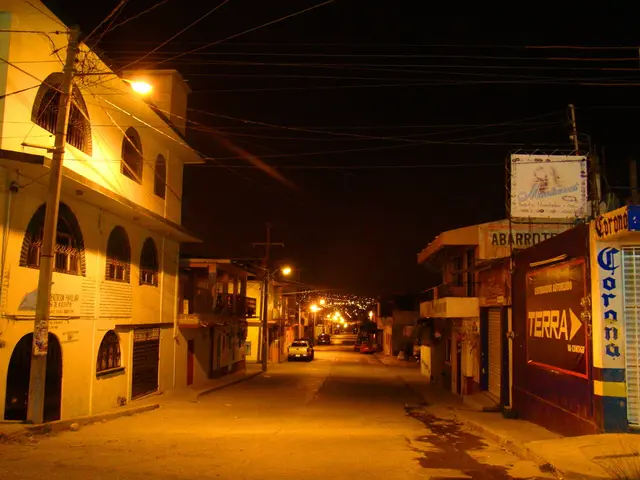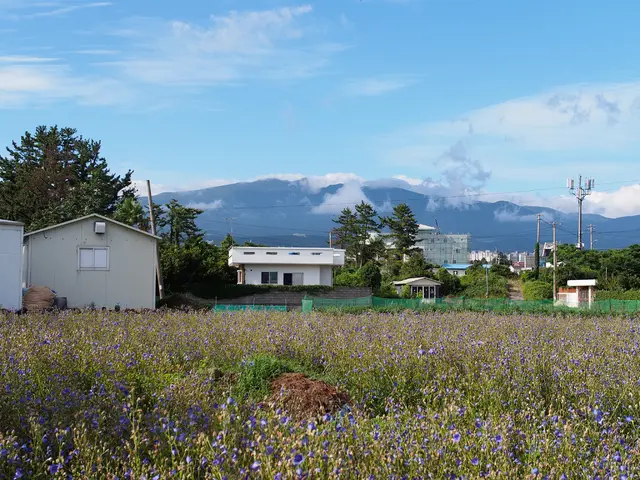Southeast Asia Ramps Up Renewable Energy Push Towards Net-Zero
Southeast Asia is stepping up efforts to embrace renewable energy and modernize its power grids. Led by Singapore and supported by the ASEAN Centre for Energy (ACE), the region is securing substantial funding for green infrastructure and aiming for net-zero emissions. The International Energy Agency (IEA) has also established a centre in Singapore to assist with these challenges.
The region's vast renewable potential, estimated at 20TW from solar and wind alone, presents a significant opportunity. Even a fraction of this could help meet the surging demand, which grew by over 7% in 2024 and is projected to double by 2050 due to urbanization and industrial expansion.
To integrate variable renewable energy sources, manageable and low-cost measures are being explored. These include smart air conditioners and electric vehicle charging and storage solutions, which can reduce consumer costs and facilitate renewable integration.
Eight out of ten ASEAN member states have set net-zero emissions targets, employing policy instruments to foster renewable adoption. The ASEAN Vision 2045 and the upcoming renewal of the ASEAN Plan of Action for Energy Cooperation support these clean energy efforts.
With substantial funding secured and supportive policies in place, Southeast Asia is poised to harness its vast renewable potential. This transition will not only help meet the region's soaring demand but also enhance energy security and attract new investments, as many countries currently rely heavily on imported fuels.
Read also:
- US Energy Transition: Coal Plants Struggle, States Push Renewables
- Transitioning to Electric Vehicles Places Heavy Demand on Power Grids
- The Commission deems the assistance program to be in agreement with the domestic market regulations.
- Innovative Garments and Accessories Producing Energy: Exploring Unconventional Sources for Renewable Power








